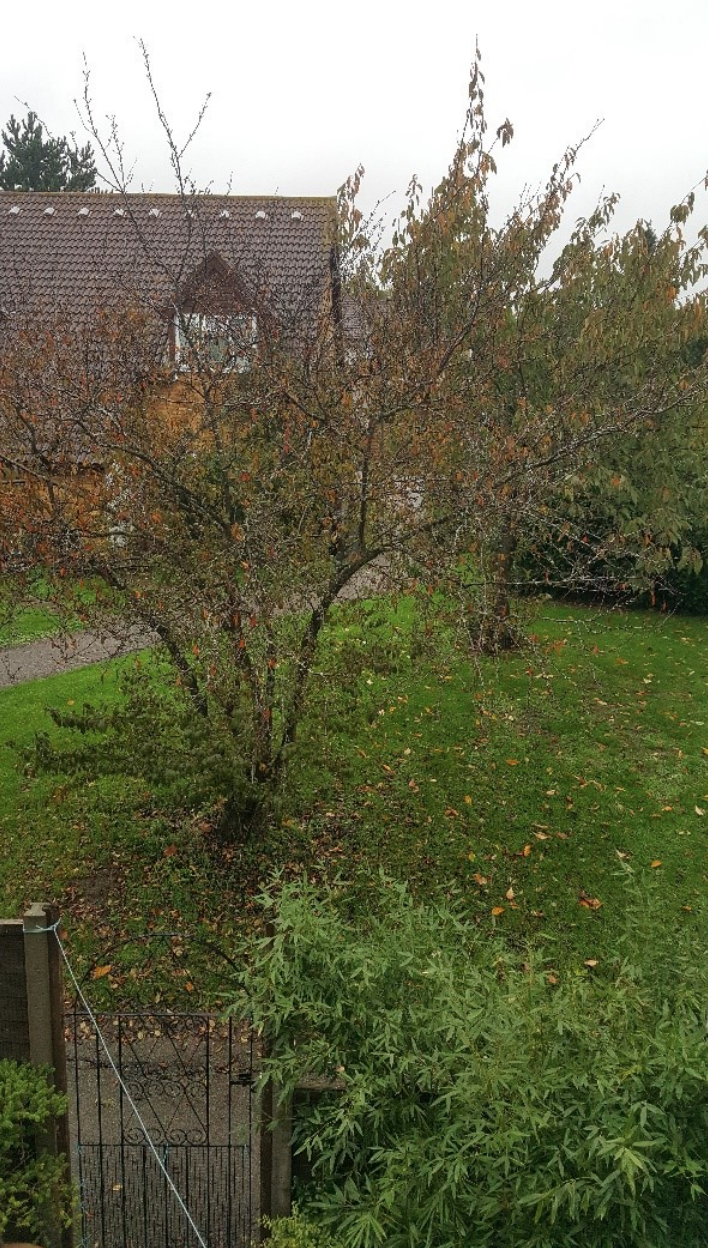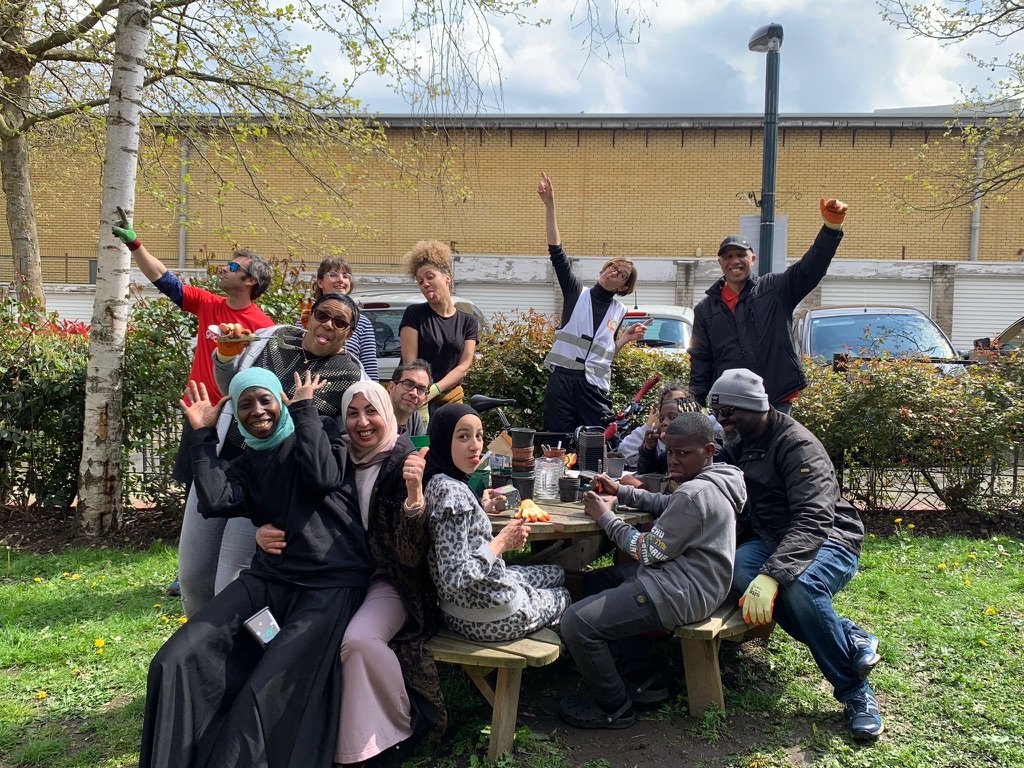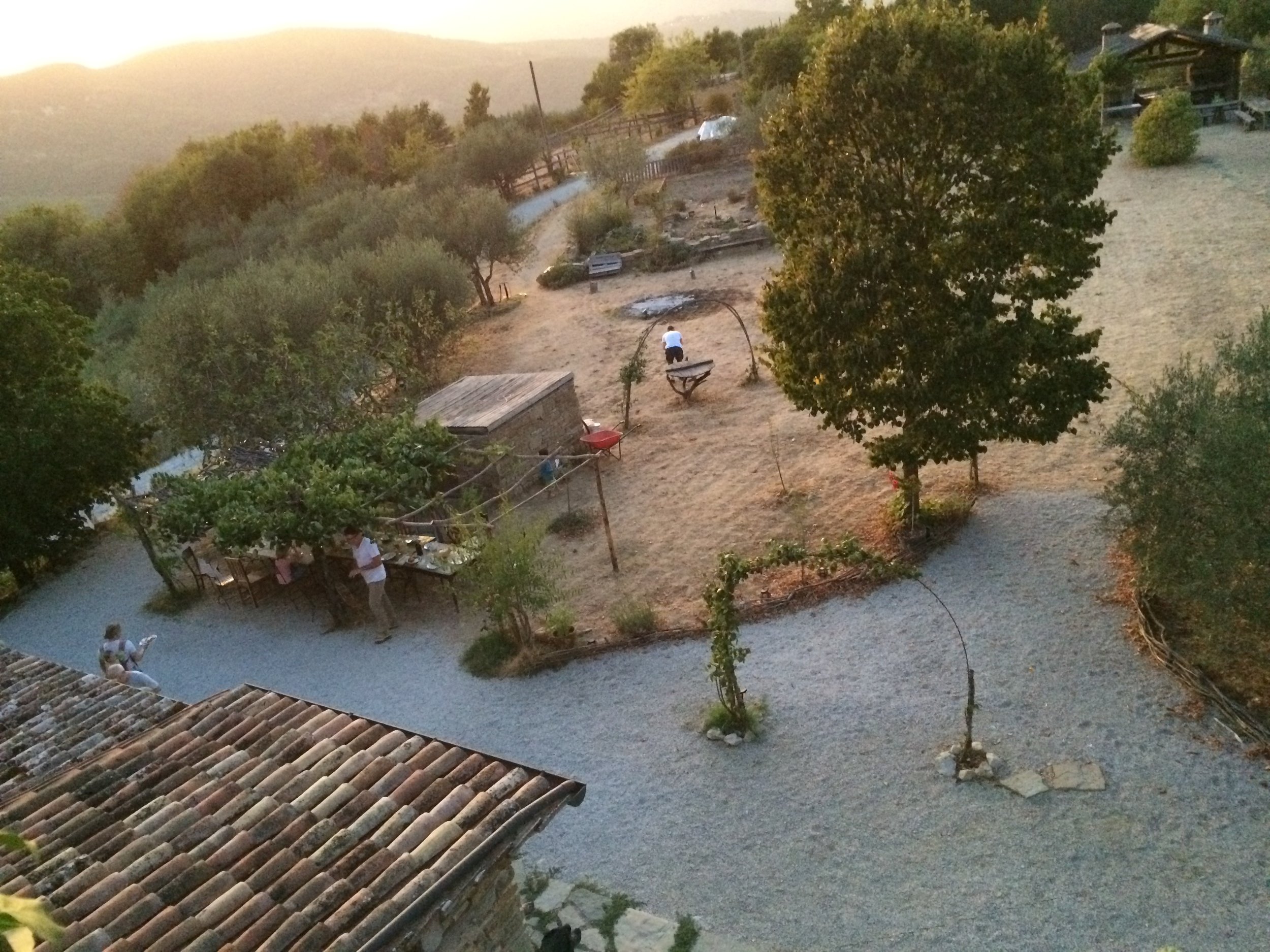Observing Flow
As part of our online Permaculture Design Course, we encourage participants to spend time in nature to observe. Here are some reflections from Naomi, course participant in 2022/23 on observing flow, also published on her own blog livinglearninggettingolder.com.
According to an ancient Zen koan, ‘your face before your parents were born’ is your original face.
With this tradition in mind, Ruth Ozeki challenged herself to spend three hours gazing at her own reflection in a mirror, “recording her thoughts, and noticing every possible detail. Those solitary hours open up a lifetime's worth of meditations on race, aging, family, death, the body, self doubt, and, finally, acceptance.” The three hours are recorded in her book, ‘The Face: A Time Code’. I first read the book earlier this year. It’s now become a well-thumbed copy that I frequently dip into. Although short, it’s deep, original, and sends my thinking into new directions.
Ozeki credits the idea of spending three hours gazing at her face, to Jennifer Roberts, a Harvard professor of art history.
“Spending time ‘just observing’, takes skill, patience, and discipline.”
Roberts writes: “… The first thing I ask [my students] to do in the research process is to spend a painfully long time looking ... Say a student wanted to explore the work popularly known as Boy with a Squirrel, … by John Singleton Copley. Before doing any research in books or online, the student would first be expected to go to the Museum of Fine Arts, where it hangs, and spend three full hours looking at the painting, noting down his or her evolving observations as well as the questions and speculations that arise from those observations. The time span is explicitly designed to seem excessive. Also crucial to the exercise is the museum or archive setting, which removes the student from his or her everyday surroundings and distractions.”
Spending time ‘just observing’, takes skill, patience, and discipline. It’s something that intrigued me as I read Oziki’s book, and then learned about Roberts’s assignment. I don’t know that I could do that. This week, however, the test of my ability has been called on.
The permaculture intro course I’ve just started has set an observation task as a first assignment. It’s much shorter than Roberts’s. It’s a 30-minute observation choosing one approach from Starhawk’s 9 ways of observing. The instruction is to ‘spend some time in nature (or in your home) observing the world around you with that particular [observation] lens on. What do you notice? Where does it take you? What could be the benefits of using this particular lens if you want to become a [permaculture] designer?’
Yesterday, I looked more at the nine ways. The headline for each is:
I wonder...
Observing energy
Observing flow
Observing communities
Observing patterns
Observing edges
Observing limits
Observing from stillness
Observing past and future
Whether or not Oziki knew about these 9 lenses when she was looking at her face, I don’t know, but each of them is there, in her book.
Now, today, this minute in fact, (14:00) I am beginning the task. I am looking out of my upstairs window. It’s raining a bit and grey. I just took a photo of what I am looking at. I’m observing flow of all kinds. Some ideas from Starhawk on this lens include ‘How does water move through this system? How do wind and airflow affect the area? What intercepts the flows? What marks do they leave of their passage? What is the source of these flows? How is that source replenished?’
I am facing NW. Directly ahead, I see wind flow, through the two cherry trees, the mahonia bush, the London plane. Each is at a different stage of leaf shed, and their different leaf shapes and textures are responding to the wind in varied movement patterns. The bare twigs and branches of the cherry that has lost most of its leaves barely seem to be moving at all, while the London plane is in flurried dance.
Looking down a bit I see the bamboo waving and arcing gracefully. Intercepting its flow is the fence which it’s growing next to. According to the Met Office, the wind here and now is from SSW and blowing at a mean wind speed of 10 mph.
But wind is not the only flow. There are birds flying – forming their own air flows. Starlings, magpies, seagulls and crows predominate. The seagulls are high - gliding expertly in the airflows. I know there are bluetits and dunnocks, but I can’t see them from my current observation point. The bluetits are closer to ground level not gliding but winging.
There are traffic flows. Cars and van predominantly but also cyclists, people on scooters, mopeds and motorbikes. Their flows are ahead and to the right of the green I am looking out onto. They intercept each other as they turn left or right or keep going straight, sometimes faster, sometimes creeping along as their drivers look for a rare parking space.
Pedestrians are fewer today (raining) but their flow is intercepted by the cars parked along the pavement, and the bins left out following yesterday’s bin collection. They’re weaving through these obstacles. I see that those with children are stopping at the enticing puddles and piles of wet leaves – perfect for jumping into.
The rain is a flow – I can hear it gurgling down the drainpipe closest to me, and into the water butt. There are water flows I can see along the street – most houses have paved front gardens so the water runs off into the street gutters.
Not right now, but morning and evening, people exercise their dogs on the green, so the flow of dogs is one I frequently see (and cats and squirrels). Then I hear the flow of conversations between the dog walkers as they chat to each other.
“Going back to the Zen tradition I mentioned at the start, the observation of flows helps enable us to see the face of the land before it became as it is now.”
As I stand here, I can’t see visible evidence of other flows that I know are present – the flows of water and nutrients in the vascular system of the trees, plants and mycorrhizal networks, for example. What I can see are some signs of where these have been intercepted by the drought earlier in the year. Some of the plants in my sightline have died. One of the cherry trees is looking the worse for wear – I wonder if it will succumb to disease or death resulting from drought stress.
Now I am at the end of the 30 minutes. What could be the benefits of using this particular lens if I want to become a [permaculture] designer? I’ll have to hazard a guess, as I’m a complete beginner on this journey. But I think some knowledge of the interactions of flows (water, wind movement, people’s activity, plant viability) and the factors that cause these to be beneficial or less beneficial interactions within a particular landscape must be of value to a permaculture designer – observing the various flows can help guide decisions and actions that enable working with nature rather than against nature. Going back to the Zen tradition I mentioned at the start, the observation of flows helps enable us to see the face of the land before it became as it is now.
Naomi, or Tookie Davenport, is blogging about living, learning, getting older: experiencing this through her own working and family life in the UK in the 2020’s.
Tookie had a first career as a public sector teacher, a second career in private sector business, and is beginning a third career non-profit work and child-development.
Her interests include bee-keeping, horticulture, running, and social trends.
You can find her personal blog here (under her pen name) and her professional blog here (under her given name).

























